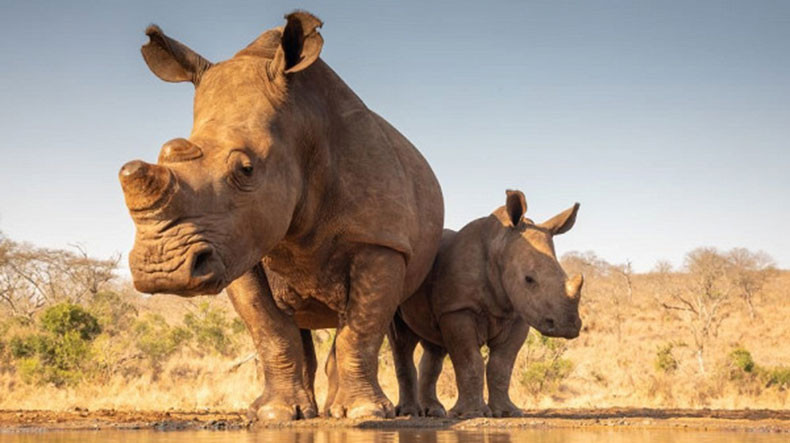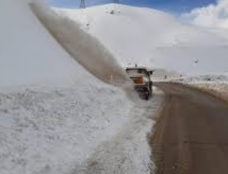
World's wildlife populations have fallen by an average of 68% in four decades, WWF says
The world's wildlife populations have fallen by an average of 68% in just over four decades, with human consumption behind the devastating decline, the World Wildlife Fund warned in a new report released Wednesday, CNN said.
The Living Planet Report 2020 assessed the population declines seen in more than 4,392 monitored species of mammals, birds, fish, reptiles and amphibians between 1970 and 2016.
The report says that the kinds of steep wildlife population decreases the Earth has seen in recent decades have not been seen for millions of years.
The regions of Latin America and the Caribbean are the world's worst-affected areas, with an average drop of 94%, the report said.
The conversion of grassland, savannah, forest and wetland habitats, the overexploitation of wildlife, the introduction of non-native species and climate change are the key drivers of the drop.
Humans have significantly altered a staggering 75% of the planet's ice-free land surface, the authors say.
And according to WWF, ecosystem destruction now threatens some 1 million species -- 500,000 animals and plants and 500,000 insects -- with extinction in the coming decades and centuries.
But while the report finds that nature is being "destroyed by us at a rate unprecedented in history," experts say the declining trends can be halted and even reversed with urgent action, such as transforming how we produce and consume food, tackling climate change and conserving nature.
Newsfeed
Videos






























